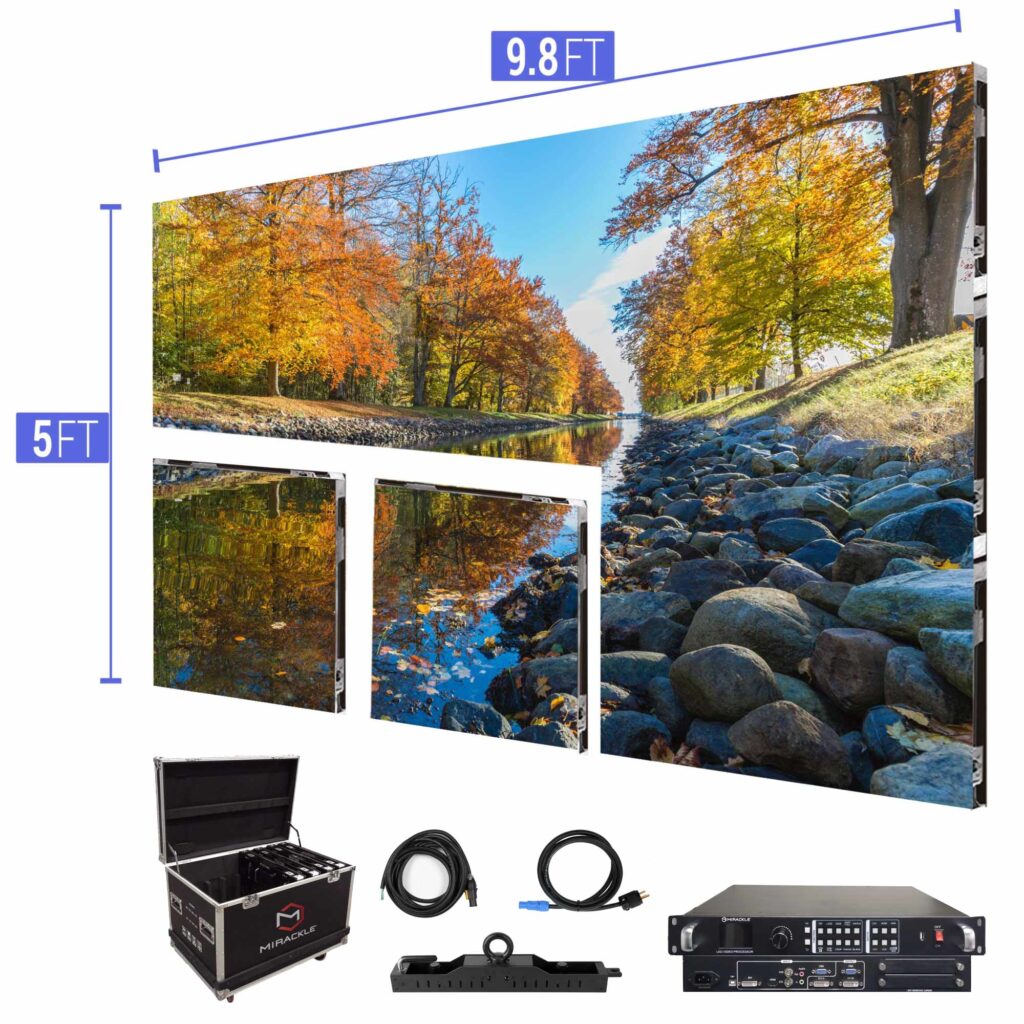Investigating the Longevity of Light Emitting Diode Wall Panels in Contrast to Traditional Screen Methods
LED wall screens have become increasingly favored in current years, particularly in settings like educational institutions, corporate spaces, and public spaces. These panels use LED diodes (LEDs) to create bright and lively visuals. One of the most notable benefits of LED innovation is its longevity in contrast to conventional screen technologies, such as cathode ray tubes (CRTs) and LCD display screens. Understanding the differences in lifespan and performance between these options can assist buyers make knowledgeable decisions about their screen requirements.
Traditional display technologies, like CRTs, have been present for many decades. They were commonly used in TVs and PC monitors. However, CRTs have a limited lifespan, generally lasting approximately 10,000 to 20,000 hours of operation. This means that after a couple years, users may notice a decline in image quality, such as dimming or hue distortion. In contrast, LED panel panels can last significantly longer, frequently exceeding 50,000 hours. This extended duration means that consumers can enjoy reliable performance without the need for regular replacements.
Another important aspect to consider is energy conservation. LED panel panels consume less energy than conventional screens, which not only helps the ecosystem but also lowers electricity costs. For instance, while a CRT monitor may use approximately 100 watts of power, an LED screen can use as little as 30 to 50 watts. This discrepancy in power consumption contributes to the total durability of LED technology, as lower energy consumption generates less heat. Excess thermal energy can damage electronic parts, leading to a reduced duration for traditional displays.
In furthermore to their extended lifespan and energy conservation, LED panel screens also offer superior visual clarity. They provide more vivid hues and improved contrast, making them ideal for multiple uses, from advertising to learning displays. The innovation behind LED panels allows for a wider sight angle, meaning that visuals stay clear and vibrant even when seen from the flank. This is a major Discover More advantage over traditional displays, which frequently experience from color distortion and diminished brightness at broader perspectives.
In summary, the longevity of LED wall panels in contrast to conventional screen technologies is a crucial factor for consumers to take into account. With durations that can surpass 50,000 hours, energy efficiency, and enhanced visual clarity, LED innovation offers many benefits. As technology continues to progress, LED panel screens are probably to turn even more prevalent in various settings. Grasping these distinctions can assist people and entities make improved choices when investing in display technology, ensuring they receive the best worth for their requirements.